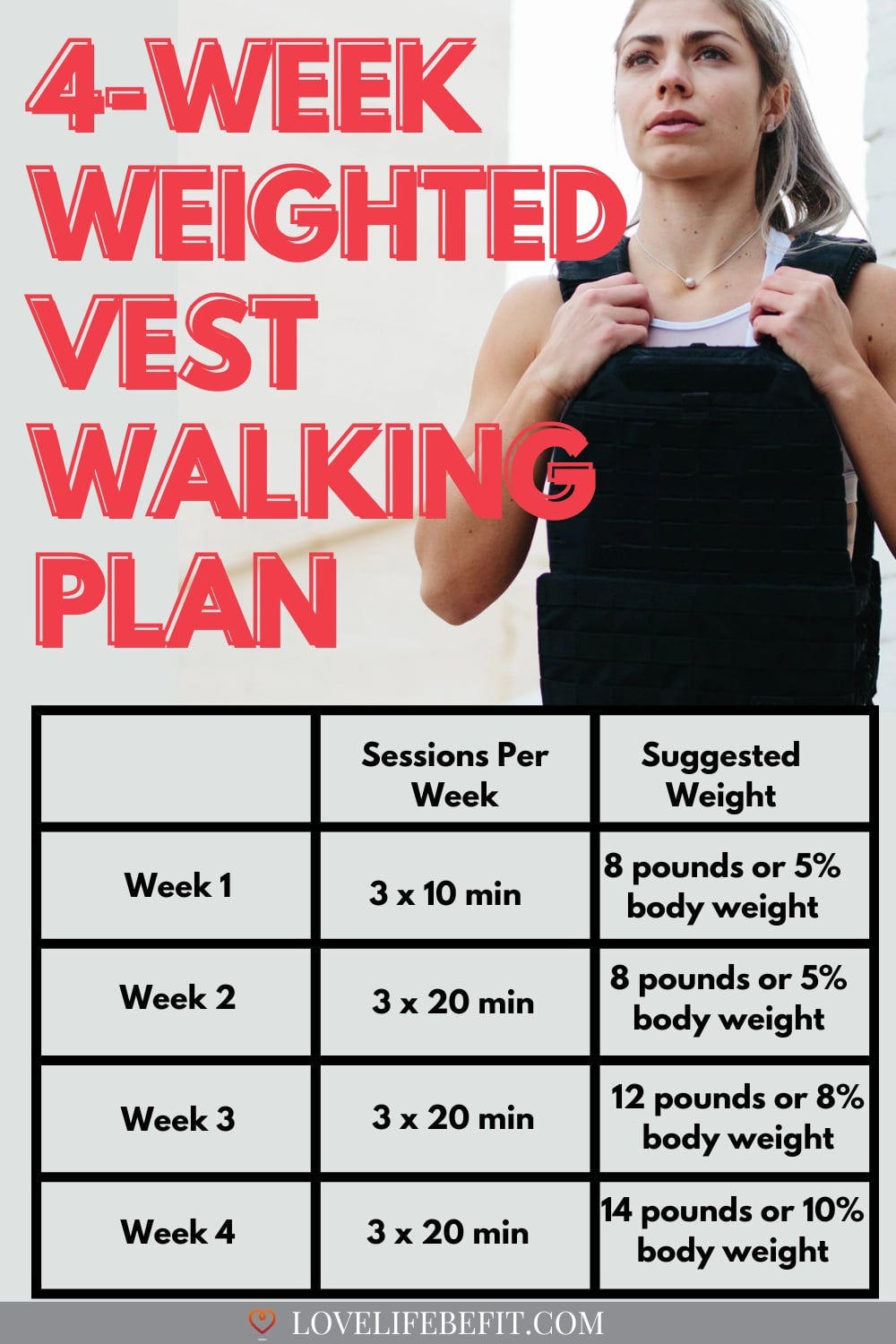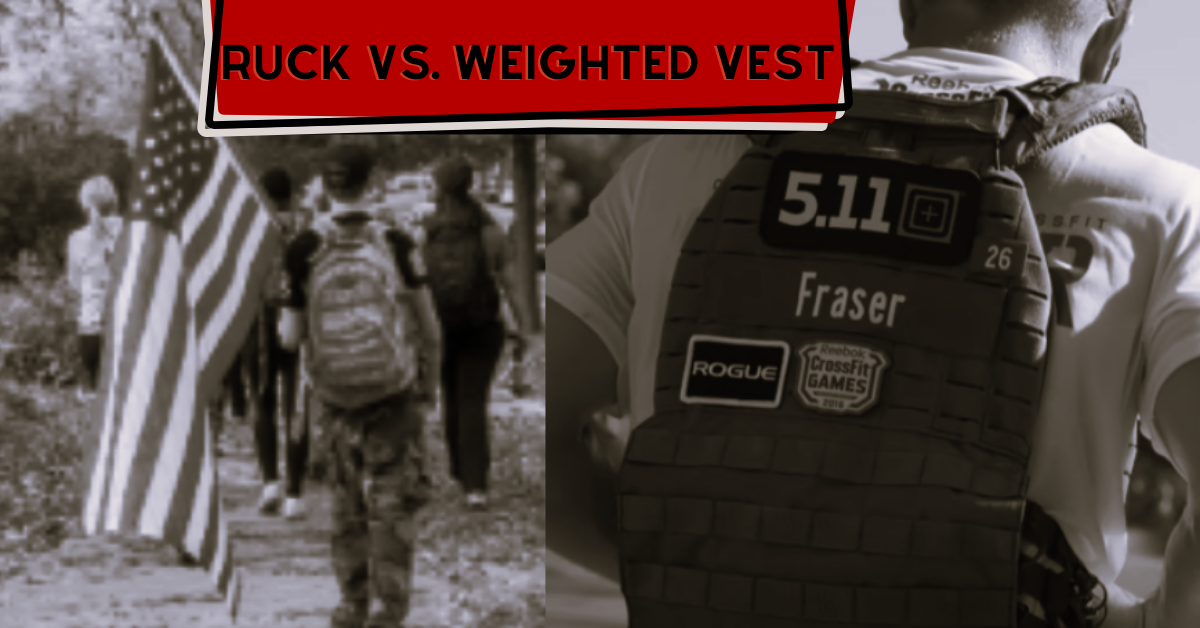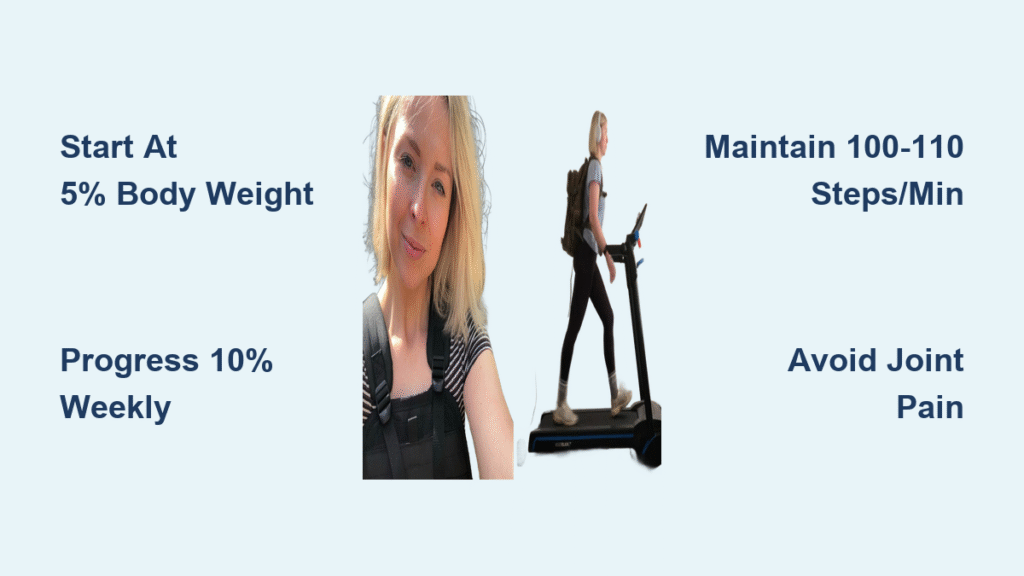Strapping a weighted vest over your shoulders turns mundane pavement-pounding into a metabolic powerhouse. Research in Medicine & Science in Sports & Exercise proves adding just 11% of your body weight boosts calorie burn by 12.4% without joint-jarring impact. This weighted vest walking workout leverages simple physics to build muscle while torching fat—making it the ultimate stealth fitness tool for busy lives. You’ll discover exactly how to harness this science safely, avoid common pitfalls, and transform your daily walks into measurable results within weeks.
Why Your Weighted Vest Walking Workout Outperforms Treadmills
Weighted vest walking creates metabolic magic through uncomplicated biomechanics: every step requires significantly more muscular effort to move added mass. University of New Mexico studies confirm even slow treadmill walks with a vest elevate VO₂ max—the gold standard for cardiovascular fitness. Unlike running, this low-impact approach delivers comparable calorie burn without knee stress, letting you walk longer and more frequently.
Women gain unique physiological advantages from this training style. British military data reveals women complete loaded marches faster than men under identical weights due to superior hip mechanics. For post-menopausal women, Rheumatology International research shows 4-8% body weight vests used 3x weekly increase bone-formation markers while reducing fall risk—critical for osteoporosis prevention. One landmark Lancet study found adults wearing 11% body weight vests for just eight hours daily lost 3.5 pounds more fat than controls in three weeks, with lean mass preserved.
Gear Selection: Avoid Beginner Mistakes That Sabotage Results

Choosing Your First Vest (No More Guesswork)
Skip fixed-weight models that limit progression. Start with an adjustable vest allowing 1-2 pound micro-increments like the Apexup—which earned TODAY Show recognition for its breathable mesh panels and reflective safety strips. Prioritize these non-negotiable features:
- Weight range: 5-15 pounds for walking protocols (never exceed 10% body weight initially)
- Torso fit: Snug compression without restricting shoulder movement
- Breathability: Mesh panels prevent dangerous overheating during summer sessions
- Secure storage: External pockets eliminate bounce during movement
Weight Progression Rules That Actually Work
Begin at 5% body weight for your first session—150-pound walkers start with 7-8 pounds total load. Follow the 10% weekly progression rule: add either 1-2 pounds OR 2-3 minutes per session, but never both simultaneously. British military data shows exceeding progression limits causes form breakdown within 10 minutes, indicated by:
- Cadence dropping below 100 steps per minute
- Stride shortening more than 15%
- Excessive forward lean at the waist
- Labored breathing preventing conversation
Walking Technique Mastery: Unlock Hidden Benefits
Form Cues That Prevent Injury
Shorten your stride by 10-15% to maintain efficient mechanics under load. Land mid-foot with soft knees, letting hips absorb impact naturally—never heel-strike. Before stepping off, engage your core by tightening abs as if bracing for a light punch. This protects your spine while amplifying muscle activation in your obliques and transverse abdominis.
Terrain-Specific Strategies
Uphill walking: Lean forward from your ankles—not your waist—to maximize glute engagement while preventing lower back strain. Trekking poles become essential for steep inclines, distributing load to upper body muscles.
Downhill technique: Take quick, short steps to control descent. Consider adding traction devices to shoes on icy surfaces—the vest increases momentum significantly.
Flat ground focus: Maintain 100-110 steps per minute using a metronome app. This cadence optimizes calorie burn while minimizing joint stress, as confirmed by Medicine & Science in Sports & Exercise metabolic studies.
30-Day Fat Loss Protocol (Proven Results)

Week-by-Week Breakdown
Week 1: Foundation building
– 3 sessions, 20 minutes at 5% body weight
– Comfortable pace where conversation remains easy
– Track progress: Note resting heart rate drop by day 7
Week 2: Volume increase
– 4 sessions, 25 minutes at 6-7% body weight
– Add one hill walk using ankle-leaning technique
– Critical metric: Heart rate should stay 10-15 bpm below max
Week 3: Intensity boost
– 4-5 sessions, 30 minutes at 7-8% body weight
– Introduce 2 minutes fast / 1 minute recovery intervals
– Warning sign: Stop immediately if joints ache beyond 24 hours
Week 4: Peak challenge
– 5 sessions, 35 minutes at 8-10% body weight
– Mix intervals, hills, and steady efforts
– Success indicator: Clothes fit looser despite stable scale weight
Safety Guidelines: Medical Red Flags You Must Know
Non-Negotiable Clearance Checklist
Consult your physician before starting if you have:
– Arthritis or joint pain lasting >24 hours post-walk
– Balance disorders or dizziness during exercise
– Uncontrolled hypertension or diabetes
– Pregnancy or recent surgery
– Chest pain or unusual shortness of breath
Environmental Adaptation Protocols
Heat management: Walk during coolest hours (5-8 AM). Black vests absorb 30% more heat—choose light colors. Rheumatology International data shows vests increase sweat rate by 15-20%, requiring 5-10 ounces of water every 15 minutes.
Rain & snow: Use waterproof vest covers during precipitation. Shorten strides by 20% on slippery surfaces—vest momentum increases fall risk. Never wear vests during thunderstorms due to metal weight plates.
Advanced Training: Beyond Beginner Protocols

The Three-Track System (Customized for Goals)
Walking Track (Fat loss focus)
– Max load: 10% body weight
– Frequency: 4-5 sessions weekly
– Duration: 30-60 minutes on flat terrain
Rucking Track (Strength-endurance hybrid)
– Max load: 15% body weight
– Frequency: 3-4 sessions weekly
– Duration: 40-90 minutes with varied terrain
Running Track (Performance conditioning)
– Max load: 10% body weight initially
– Frequency: 2-3 sessions weekly
– Duration: 20-45 minutes at conversational pace
Vest-Only Strength Circuits (Rest Day Boost)
Transform recovery days with this 15-minute routine:
– 15 vest-assisted squats (focus on depth)
– 10 push-ups (knees or toes)
– 20 walking lunges (alternate legs)
– 30-second weighted plank
– Repeat 3 rounds with 60-second rests
This maintains muscle stimulus while promoting active recovery through different movement patterns.
Real-World Success: What Actually Works
Vivien’s 3-Month Transformation
Starting with a 6-pound fixed vest for dog walks, Vivien progressed to 8 pounds while adding hill intervals. Results included visible leg definition, 20% better sleep quality, and the “superpower effect”—feeling weightless during unweighted walks. Her key insight: “The vest became invisible in my routine, like wearing shoes that make me stronger.”
Kate’s Weighted Experiment
Testing a 22-pound vest (15% body weight), Kate discovered rucking worked better for long distances while vest walking excelled for short, intense sessions. Her heart rate spiked 25% higher initially but normalized within two weeks. “The immediate ‘lightness’ when removing it became addictive,” she reported—validating British military findings on neuromuscular adaptation.
Quick Start Action Plan (Begin Today)
Your First 24 Hours
- Medical check: Complete clearance checklist—if uncertain, consult physician
- Gear purchase: Order adjustable vest (5-15 pound range) with mesh panels
- Baseline test: Walk 10 minutes without weight to establish comfortable pace
- Load calculation: Determine 5% of body weight (e.g., 150 lbs = 7.5 lbs)
- Schedule: Block three 20-minute sessions this week on flat terrain
Week 1 Success Metrics
- Complete all three sessions without joint pain
- Maintain steady breathing (able to speak full sentences)
- Experience mild muscle soreness (normal) but no sharp pains
- Feel energized within 30 minutes post-walk
- Sleep quality improves or remains stable
Pro Tip: Wear your vest during household chores for the first two days—this builds neuromuscular adaptation before walking. Notice how carrying groceries feels easier; that’s your core engaging!
Weighted vest walking delivers extraordinary results through consistent, modest efforts. Science confirms what thousands of practitioners experience daily: this simple addition transforms ordinary movement into remarkable body composition changes. Your journey begins with one weighted step—take it today, and feel the difference within your first week. Remember to prioritize form over weight, listen to your body’s signals, and celebrate the subtle victories that compound into life-changing results.





